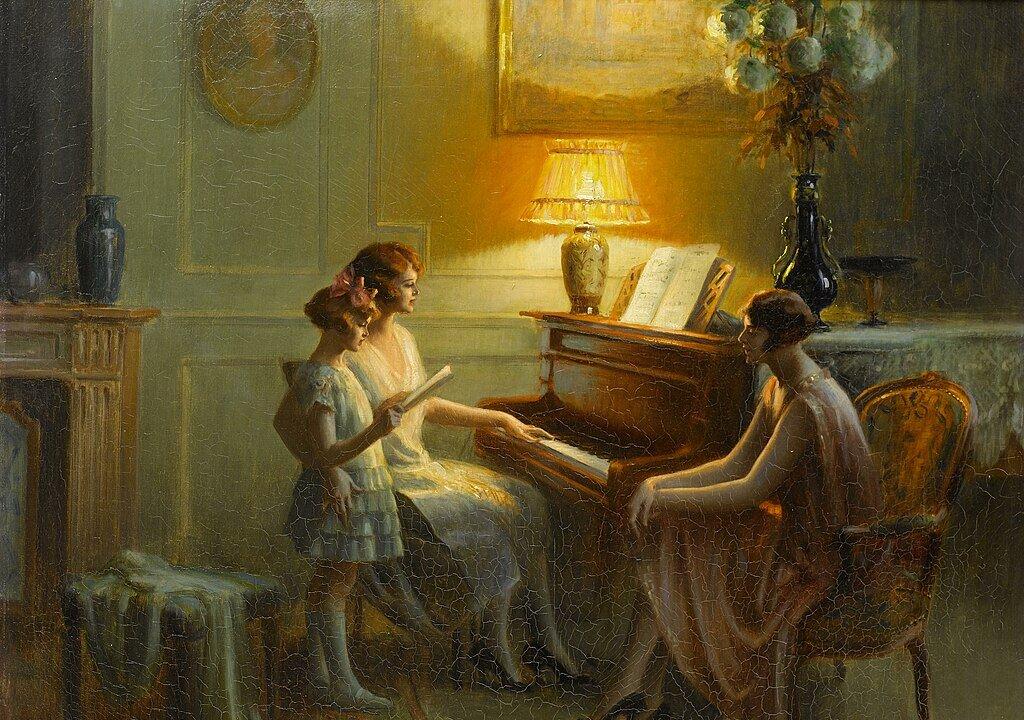Wolfgang Amadeus Mozart is recognized by historians and others as the greatest and most prolific composer in Western music. The universal beauty of his music as well as its astounding versatility make for Mozart’s unique style.
Despite his short life (1756–1791), Mozart composed over 600 works in a variety of genres and styles; he composed symphonies, chamber music, orchestral pieces, operas, choral music, and songs. His songs are lesser known and often overlooked by the general public, but offer a unique beauty and musical delight.






